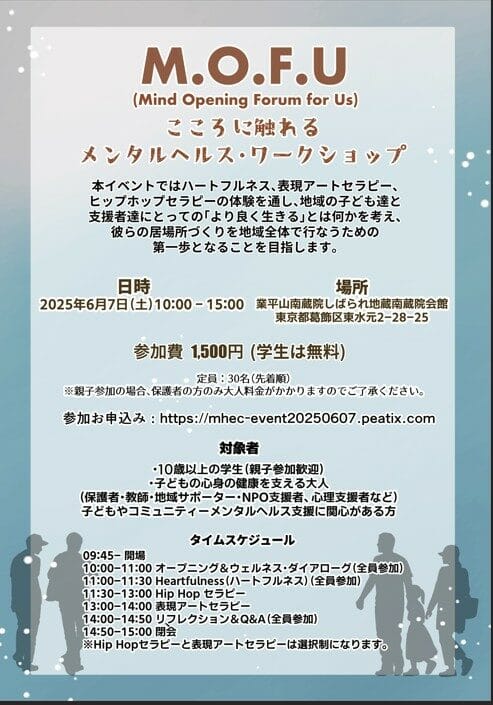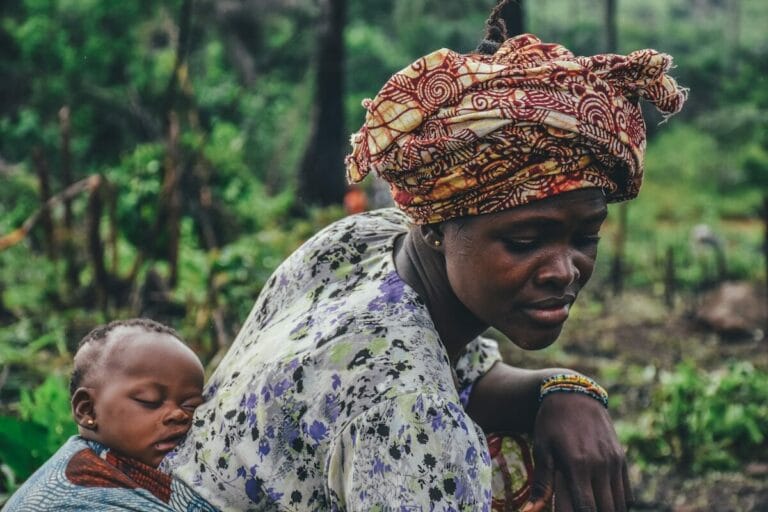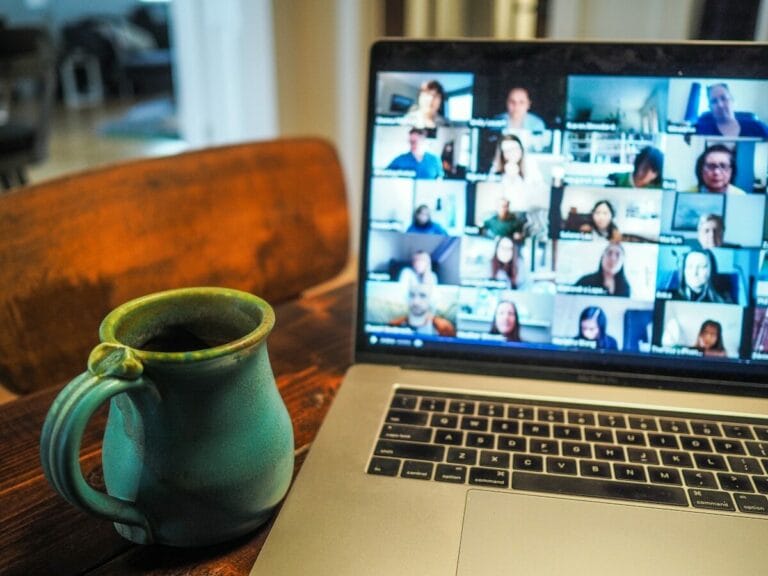Creative Therapies Revolutionise Children’s Mental Health as Japan Embraces Hip Hop and Art-Based Healing
Creative therapies like hip hop and mindfulness redefine children's mental health support in Japan, breaking stigma and offering accessible healing
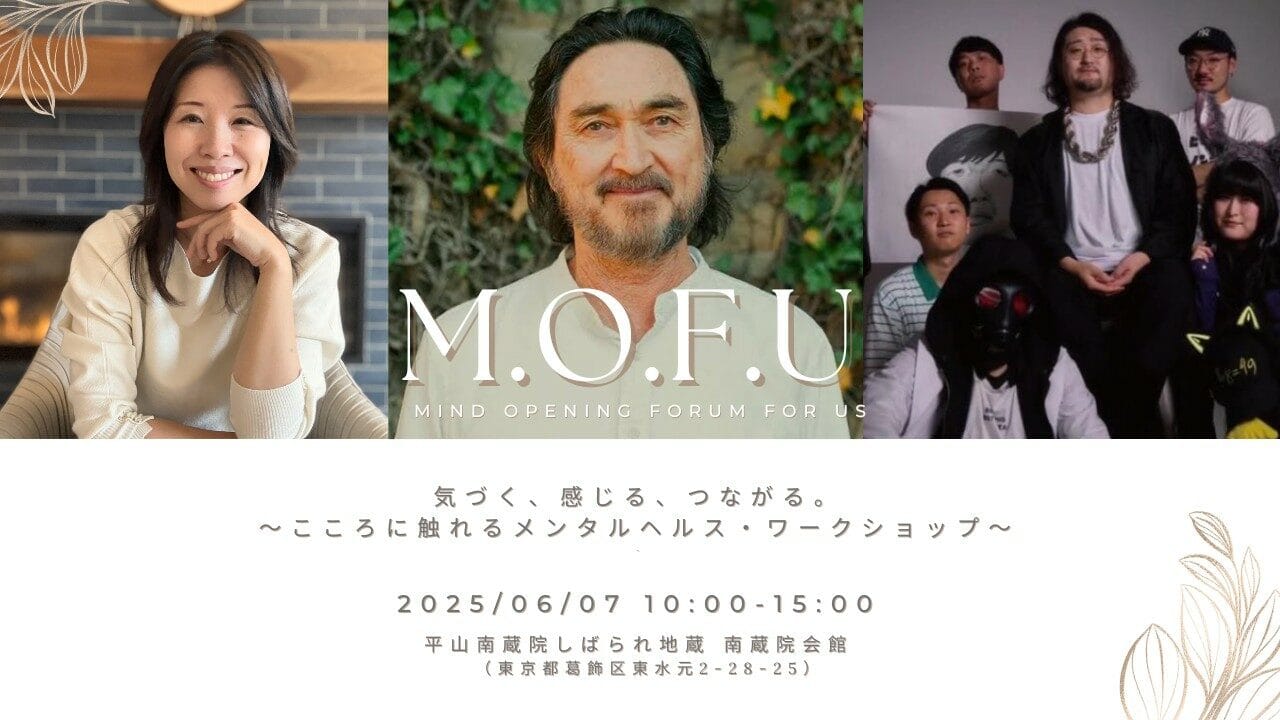
When traditional therapy just isn’t cutting it anymore, it’s time to think outside the counsellor’s office. Across Japan and internationally, mental health professionals are finding that children respond better when therapy feels less like medicine and more like life – through hip hop sessions, art workshops and mindfulness practices that actually make sense to young minds.
The Reality Check on Children’s Mental Health in Japan
The numbers don’t lie: mental health concerns have tripled in Japan since 2004, according to the country’s 2024 white paper. For children specifically, the situation is even more complex. Mental health stigma in Japan remains strong among children and youth, creating barriers that keep young people from getting the support they need when they need it most.
Unlike adults who might eventually find their way to traditional therapy, children often struggle with the formal, clinical approach. They can’t always articulate what’s wrong or why they’re feeling overwhelmed. They need approaches that meet them where they are – through music, movement and creative expression.
Creative Therapies That Actually Work
Hip hop therapy is gaining serious momentum as a legitimate mental health intervention. Research shows that hip hop therapy can help reduce depression and anxiety whilst improving emotional expression in young people. The approach combines the cathartic elements of hip hop culture with established treatment models.
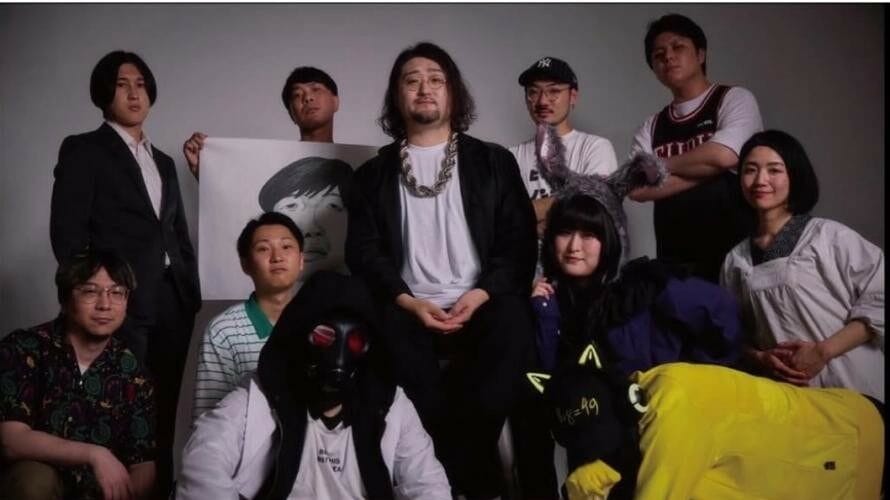
J.C. Hall, who pioneered hip hop therapy programmes in Bronx schools, believes it works because it speaks the language children already understand. Rather than forcing them to navigate clinical terminology, they explore their feelings through lyrics and beats.
Similarly, expressive arts therapy is proving effective across multiple studies. Recent research from 2024 highlights mindfulness-based therapeutic interventions as particularly effective for children dealing with anxiety, ADHD, depression and trauma effects.
A New Model Emerging in Tokyo
This weekend in Tokyo, a groundbreaking event is bringing together these approaches under one roof. The ‘M.O.F.U (Mind Opening Forum for Us)’ workshop, taking place on 7 June at Nanzoin Temple in Katsushika-ku, represents exactly this shift towards more accessible mental health support for children.
This event is designed for children and their supporters — including parents, educators, community supporters, nonprofit organizations, and mental health professionals — to experientially learn about mental health care and wellness (a harmonious state of mind and body).
The event features Dr Stephen Murphy-Shigematsu from Stanford University leading heartfulness sessions – a mindfulness approach that focuses on emotional awareness and connection.
Alongside this, Japanese psychiatrists Dr. Makidashi and Dr.Reina Sugawara, and Dr. Wu Docc are introducing hip hop therapy sessions designed specifically for children aged 10 and up.
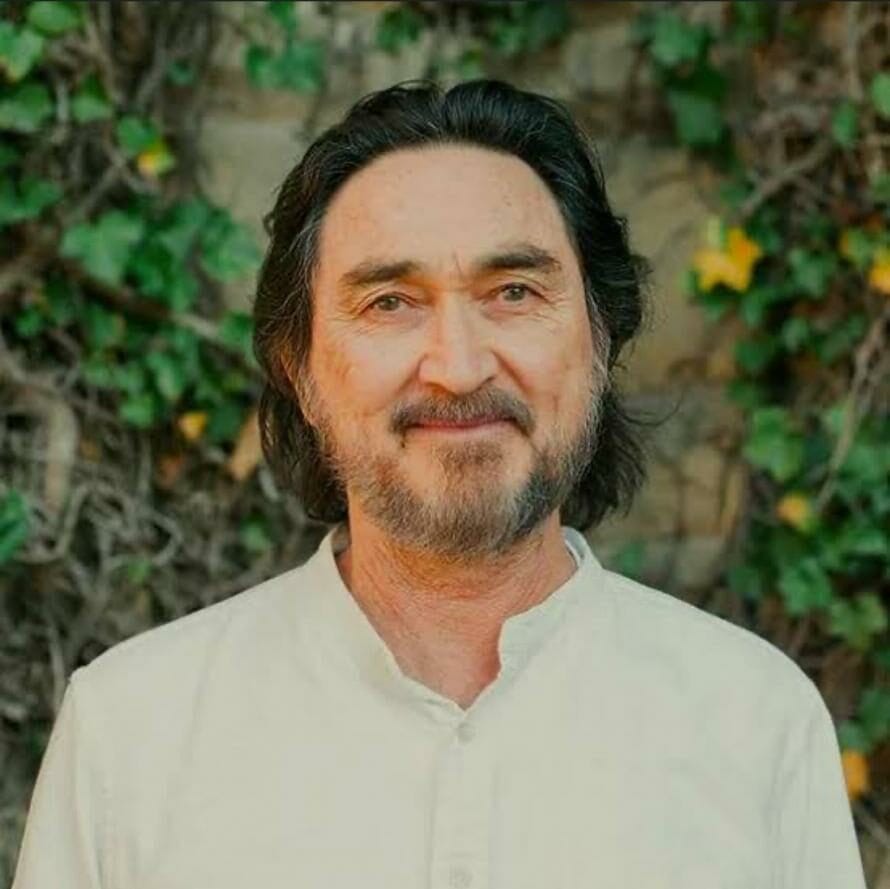
‘Many children have limited opportunities to express emotions or seek help in a safe environment,’ explains the event organisers from the Mental Health Environmental Change Project (MHEC). ‘Delayed emotional care in childhood can lead to increased psychological distress later in life.’
Why Creative Approaches Work Better for Children
The success of these alternative therapies isn’t just anecdotal. Stanford’s child psychiatry programmes incorporate mindfulness to reduce stress and enhance wellbeing, recognising that traditional talk therapy often falls short for younger patients.
Children process emotions differently from adults. They might not have the vocabulary to describe anxiety, but they can freestyle about feeling ‘trapped’ or create artwork that shows their inner world. These creative outlets become diagnostic tools and healing methods simultaneously.
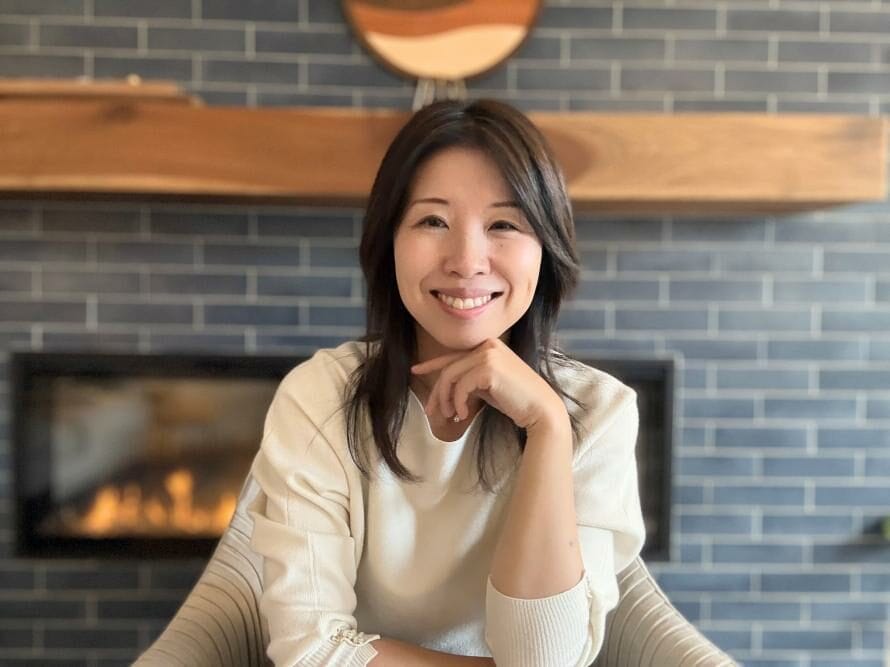
The Tokyo event’s inclusion of expressive arts therapy, led by US psychotherapist and founder of MHEC, Manami Yamamoto, LMFT, reflects this understanding. Rather than asking children to sit still and talk about their feelings, these approaches invite them to move, create and explore through guided activities. The global wellness movement is sparking youth-focused initiatives that recognise children need different support systems.
Breaking Down the Barriers
What makes these approaches particularly relevant in Japan is how they address cultural barriers to mental health support. Child welfare agencies seem not to trust traditional mental health services, whilst stigma within families often prevents children from accessing help.
Creative therapies feel less threatening to parents who might be reluctant to label their child’s struggles as ‘mental health issues’. A hip hop workshop or art session doesn’t carry the same stigma as psychiatric treatment, yet it can provide equally effective intervention.
The community-based approach of events like M.O.F.U also addresses another key barrier: accessibility. Mental health increasingly blends holistic healing with science, and hosting sessions in temples and community spaces rather than clinical settings reaches families who might never otherwise consider mental health support.
The Future of Children’s Mental Health Support
As mental health challenges continue to rise among young people globally, the shift towards creative, culturally responsive therapies isn’t just new – it’s necessary. Youth Mental Health Tracker data from 2024 shows that 45% of young people struggle with their mental health, with many citing barriers to traditional support systems.
Events like the Tokyo workshop represent a broader movement towards mental health care that meets children where they are, rather than expecting them to adapt to adult-designed systems. Whether through hip hop sessions in school hallways or mindfulness practices in temple halls, the message is clear: healing doesn’t have to look like what we think therapy should look like.
Integrated wellness facilities herald a new era in mental health treatment, and community-based approaches like M.O.F.U show how this evolution can work practically. For families in Japan and beyond, these approaches offer hope that mental health support can be both effective and accessible.
When we stop trying to fit children into adult-sized solutions and start creating interventions that speak their language, we open up possibilities for healing that traditional therapy simply can’t match. Healing from anxiety and mental health challenges requires approaches that feel natural and welcoming – exactly what these creative therapies provide.


